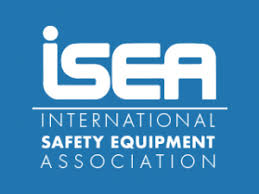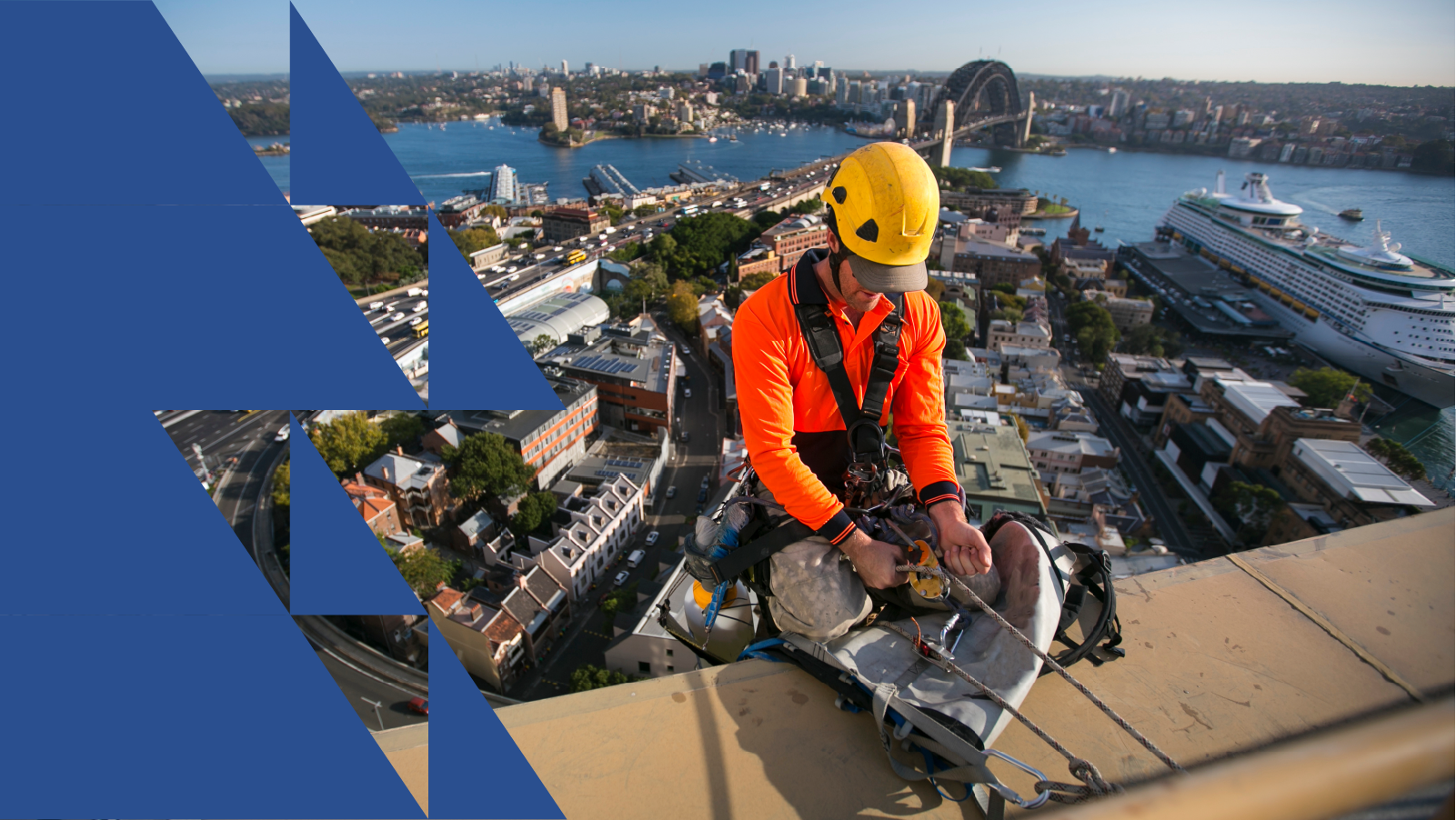The International Safety Equipment Association (ISEA) and American National Standards Institute (ANSI) have developed a first-in-the-industry standard aimed at helping employers reduce the risk of dropped objects incidents in industrial and occupational settings. ANSI/ISEA 121-2018, American National Standard for Dropped Object Prevention Solutions — approved on July 2, 2018 — establishes minimum design, performance, and labeling requirements for solutions and testing that mitigate this hazard.
“Every death in the workplace is a tragedy, and ISEA is dedicated to helping industries and employers protect their workers from being injured or killed by falling objects,” said Nate Bohmbach, Associate Product Director, Ergodyne and Chair of ISEA’s Dropped Object Prevention Group.
The standard comes in response to the thousands of workers each year in the U.S. who are injured — and the hundreds who die — from being struck by a falling object, such as hand tools, instrumentation, small parts, structural components and other items that have to be transferred and used at heights. In 2016, the Bureau of Labor Statistics reports there were 255 fatalities and 47,920 reported injuries from dropped objects in the United States, making this the third leading cause of injuries on the jobsite, according to OSHA. Compared to 2015, deaths from dropped objects were up approximately 3.24 percent, and injuries increased by 6.85 percent.
Overall struck-by injuries were up 8.7 percent from 2013 to 2014, and are projected to increase to 9.1 percent by the end of 2018, according to the Bureau of Labor Statistics. Liberty Mutual Insurance alone said it paid out $5.3 billion in workers compensation claims from 2013 to 2014. Workers comp claims don’t include damage to equipment, structures and the environment.
“The Dropped Object Prevention Group has worked countless hours to help save lives by creating this groundbreaking new standard. We developed it from scratch — it’s not a revision of anything — and that makes it particularly significant,” explained Bohmbach. “The standard kicks off a new generation of tethering practices. A lot of people are tethering their tools and equipment using just duct tape and rope, which is pretty alarming, so this standard guides employers and workers toward safer, more reliable solutions.”
Read the full article here



